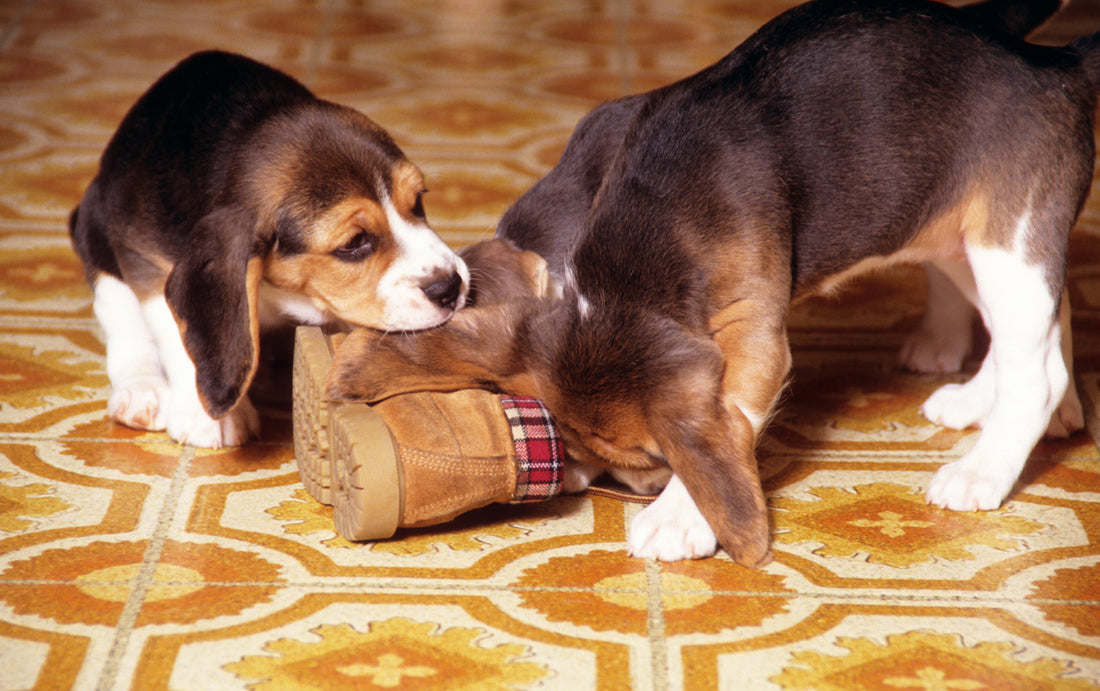Bringing a new puppy into your home is an exciting time, but it can also bring challenges. One of the biggest challenges is dealing with a teething puppy who is constantly gnawing on your furniture and shoes. However, with the right tools and techniques, you can protect your belongings and provide your puppy with the appropriate outlets for their chewing needs.
- Provide Appropriate Chew Toys
One of the best ways to protect your belongings is to provide your puppy with appropriate chew toys. There are many natural options available, such as those made of Ceylon cinnamon wood, that are durable and non-toxic. It's important to note that puppies should only chew on hard toys for the first 12-16 weeks of their life when their adult teeth are starting to emerge. These types of chew toys will not only provide your puppy with a healthy outlet for their chewing needs but they are also a more environmentally friendly option compared to traditional plastic toys.
- Train Your Puppy
Training your puppy is another important step in protecting your belongings. Teach your puppy what is and isn't appropriate to chew on. Consistency and patience are key when training your puppy. Reward your puppy when they chew on their designated toys and discourage them from chewing on your belongings.
- Make Your Belongings Unappealing
If your puppy continues to chew on your furniture or shoes, make them unappealing by using bitter apple spray or lemon juice. These natural remedies are safe for your puppy and will discourage them from chewing on your belongings.
- Create a Safe Space for Your Puppy
Creating a safe space for your puppy can also help protect your belongings. A crate or designated area with their bed and chew toys can provide them with a safe and comfortable place to retreat to when they are feeling overwhelmed or need to rest.
- Supervise Your Puppy
Lastly, it is important to supervise your puppy when they are not in their crate. This will give you the opportunity to redirect their chewing behaviour and reinforce the training you have provided.
In conclusion, by following these tips and providing your puppy with the appropriate outlets for their chewing needs, you can protect your belongings and help your puppy thrive. Consider natural options, such as Ceylon cinnamon wood chews, for their chew toys, and enjoy peace of mind knowing that you are providing your puppy with a safe and healthy environment for their development.

